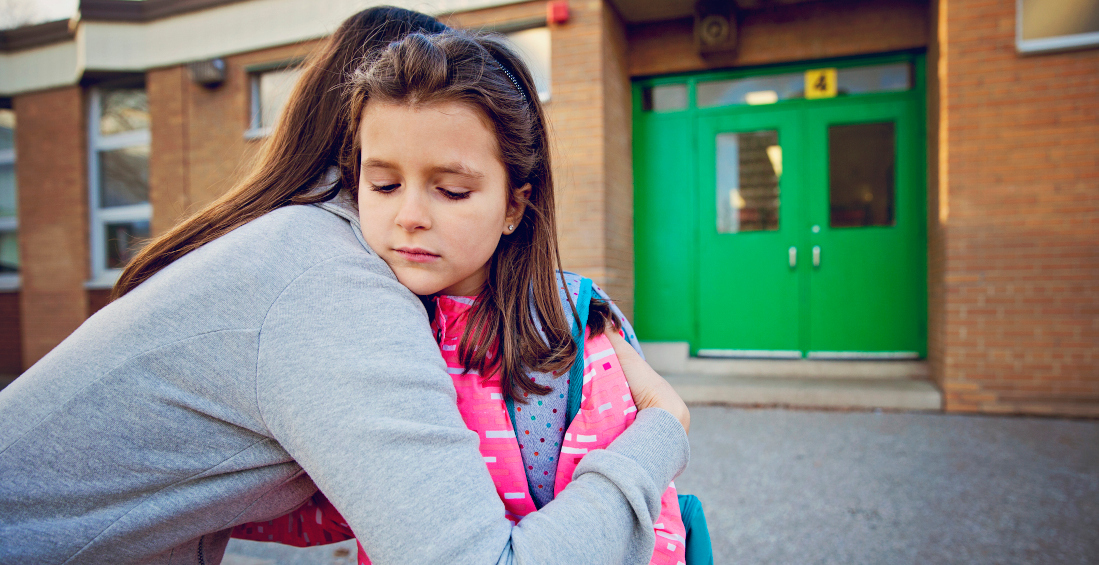When we think about New Year’s resolutions, we may associate the term with resolving or fixing something about ourselves. However, if we think about it differently, it offers the opportunity for a fresh start – to consider how good things are and how we can make them better.
With that mindset, making resolutions can be a great teaching tool for parents. Kids as young as preschool age can benefit from learning how to set and achieve goals. It can assist with developing social emotional skills, persistence, critical thinking and self-confidence.
As a pediatric psychologist, making New Year’s resolutions – or setting goals or intentions – is similar to what I often work on with patients in clinic. I guide them to determine what’s important to them, they think about how they want to get better, and they set goals to make it happen.
Parents can do something comparable at home! To get started, here are a few steps to consider:
8 Steps to Help Kids Make New Year’s Resolutions:
1. Reflect on the last year
Reflecting on the last year can be a great opportunity for parents to highlight how proud they are of their kids. What did they do well in the last year? What did they achieve? It’s a time for positive reflection and pride, not a time to think about all of the things they didn’t accomplish. It can also be a starting point for pondering new goals.
2. Consider their values
Prompt them to consider their values. Values are what gives life meaning and purpose, and they are unique to each individual. Resolutions are more powerful when they’re linked to something they care about. What kind of person do they want to be? What gets them excited? What would help them feel healthier? What would make them feel proud? How do they want to make other people feel? Some families find it helpful to do a values clarification exercise (from PlayAttune.com) or a card sort to guide this process.
3. Select some goals
Once they’ve considered their values, help them identify 1-2 related goals. For instance, if they value athletics or music, they could set a goal around practicing. If they value being a good friend, they could aim to spend quality time with the people who are important to them. Kids will need more or less guidance depending on their age and developmental level. You could provide some good examples or give them a list of suggestions to choose from. Sticking to fewer goals, and making them meaningful, helps set kids up for success.
4. Make them SMART
In order to be successful, goals should be SMART – specific, measurable, achievable, realistic, and timely. Whereas a non-SMART goal might be, “I want to get better at soccer”, a SMART goal could be “I will spend 20 minutes, two days a week for the next year practicing skills of dribbling, shooting, and juggling”. Most kids will need some parental guidance in this step, especially in making sure the goal is realistic. For older kids, it can be helpful to use a SMART goal-planning worksheet, like this one from Meant2Prevent.
5. Create an accountability system
Help your kids plan for how they will measure their progress and stay on track to reach their goals. Do they want to use a sticker chart? Should they set appointment reminders on their phones? Do they want to schedule check-ins with an accountability partner who’s working toward the same goal? It may also be helpful to set some micro-goals and celebrate achieving them. It’s imperative for kids to see their progress along the way.
6. Anticipate the barriers
Everyone encounters setbacks when working on goals. Help kids think about them and come up with a plan to overcome them. What will they do on weeks that they are tired? Or have too much homework? What about if an adult isn’t available to help them? Having a plan for overcoming obstacles helps kids learn that they can persist when things are hard. Also, make sure to explain that setbacks don’t mean failure. It’s okay if you fall behind on your goal for a few weeks (or even a few months). It’s never too late to stand up and try again.
7. Clarify your level of involvement
Parents can be helpful partners as kids work to reach their goals. But all kids are different in how they want that support to look (if they want it at all). Successful goals/intentions/resolutions are self-motivated, and if kids feel like they’re being nagged, they will lose motivation. To make sure this doesn’t happen, clarify at the outset what your kids want your involvement to look like. Ask them if they want you to check in on them or help provide reminders. If so, what do they want you to say (some kids prefer a code word or a signal) and how often? Then, honor the plan you agreed upon.
8. Consider a family goal
It can be meaningful for kids to see parents setting their own goals for the following year. But it can be even more powerful to make a family resolution together. Accomplishing something as a family can not only be bonding and rewarding, but fun, too! You’ll want to follow the steps above to come up with something that is aligned to your family’s values. Maybe you want to be healthier and will decide to cook together twice a week. Or perhaps you want to give back to the community and would like to volunteer together once a month. The key is to make sure that the entire family is on board so that everyone feels ownership and is committed to accomplishing your family goal.






